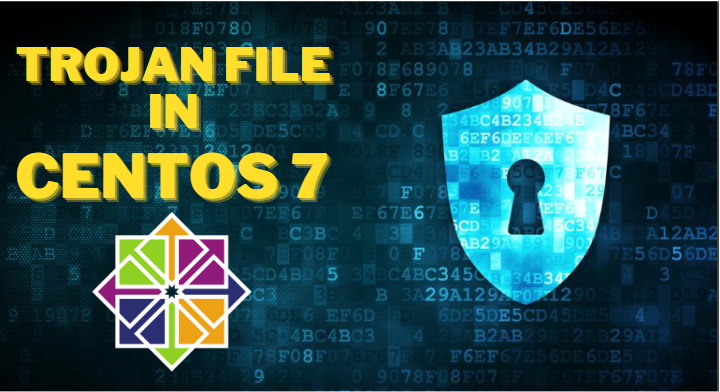Step 1:- Update Software.
Ensure that your system is up-to-date with the latest security patches and updates. Use the following commands to update your system:-
# [ sudo yum update ]
Step 2:- Install Security Tools.
Install and use security tools to scan for malware. ClamAV is a popular open-source antivirus tool. Install it using:-
# [ sudo yum install clamav ]
Step 3:- Scan for Malware.
Run a system scan with ClamAV to check for malware:-
# [ sudo clamscan -r /path/to/scan ]
Replace /path/to/scan with the directory or path you want to scan. This may take some time depending on the size of your system.
Step 4:- Check for Unusual Processes.
Review the list of running processes on your system. Use the ‘ps ‘and ‘top’ commands to identify any suspicious processes.
# [ ps aux ]
Step 5:- Review Log Files.
Check system log files for any unusual activities. The log files are usually located in the ‘/var/log ‘directory. Common log files include ‘messages’, ‘secure’, and ‘auth’.
# [ cat /var/log/messages ]
# [ cat /var/log/secure ]
Look for any abnormal or suspicious entries.
Step 6:- Use Rootkit Detection Tools.
Install and use rootkit detection tools such as ‘rkhunter’ or ‘chkrootkit’.
# [ sudo yum install rkhunter ]
Run the rootkit scan:-
# [ sudo rkhunter –check ]
Step 7:- Check Network Connections.
Review network connections using the ‘netstat’ command. Look for unusual connections or ports.
# [ netstat -tulnp ]
Step 8:- File Integrity Check.
Use tools like ‘tripwire’ or ‘AIDE’ (Advanced Intrusion Detection Environment) to check for changes in critical system files.
Install AIDE:-
# [ sudo yum install aide ]
Initialize the AIDE database
# [ sudo aide –init ]
Check for changes:-
# [ sudo aide –check ]
Step 9:- Remove Suspicious Files.
If you identify any suspicious files, remove them from your system. Be cautious and make sure you are not removing critical system files.
Step 10:- Implement Strong Security Practices.
Strengthen your system’s security by regularly updating software, using strong passwords, and following security best practices.
Note:- These steps are general guidelines, and the specifics may vary depending on your system configuration. If you’re unsure or uncomfortable performing these tasks, consider seeking assistance from a qualified system administrator or security professional.


 Sales:
Sales:
 Sales:
Sales:
